The Bhagavad Gita explains love as devotion, equality, and surrender to God. Learn the hidden wisdom about love in...
How many slokas in srimad bhagavatam
The Srimad Bhagavatam: An In-Depth Exploration of the Sacred Text
The Srimad Bhagavatam, also known as the Bhagavata Purana, is one of the most cherished and revered texts in Hinduism, particularly within the Vaishnavism tradition. This sacred scripture, composed in Sanskrit, serves as a profound source of spiritual wisdom, philosophical inquiry, and divine narratives that illustrate the life and teachings of Lord Krishna. In this article, we will delve into the origins, structure, significance, and core themes of the Srimad Bhagavatam.
Origins and Authorship
The Srimad Bhagavatam is traditionally attributed to Sage Vyasa, who is also known for compiling the Vedas and authoring the epic Mahabharata, which includes the revered Bhagavad Gita. While the precise date of composition is debated, it is generally believed to have been written between 500 BCE and 500 CE. The Bhagavatam is not only a literary masterpiece but also a profound philosophical treatise that captures the essence of devotion (bhakti), the nature of God, and the path to spiritual enlightenment.
Structure of the Text
The Srimad Bhagavatam is divided into twelve Skandhas (books or cantos), encompassing a total of approximately 18,000 shlokas (verses). Each Skanda contains multiple chapters, each narrating various stories, teachings, and divine interactions. Here is an overview of the structure:
- Canto 1: Creation and Devotion
The first Canto introduces the themes of creation, the importance of spiritual practice, and the significance of devotion to God. It sets the foundation for the narratives that follow. - Canto 2: Essence of Creation
This section emphasizes the necessity of understanding one’s purpose in life and highlights the essence of spiritual wisdom. - Canto 3: Cosmic Creation
Focusing on Lord Brahma’s role, this Canto delves into the philosophical implications of creation, illustrating the interconnectedness of all beings. - Canto 4: Legends of Kings
The fourth Canto narrates stories of various kings and underscores the importance of adhering to dharma (righteousness) in governance and personal conduct. - Canto 5: Cosmic Structure
This section provides a detailed account of the universe’s structure, illustrating the various realms and their inhabitants while emphasizing the significance of devotion. - Canto 6: The Power of Devotion
Featuring the story of the demon Vritrasura, this Canto demonstrates how devotion can transcend material identities, emphasizing that even those perceived as evil can attain spiritual enlightenment through sincere faith. - Canto 7: Teachings of Prahlada
This Canto focuses on the unwavering faith of Prahlada Maharaja, who remains devoted to Lord Vishnu despite the trials imposed by his father, King Hiranyakashipu. His story is a testament to the strength of devotion. - Canto 8: Churning of the Ocean
This narrative describes the churning of the ocean (Samudra Manthan) and the emergence of divine treasures. It symbolizes the effort required to attain spiritual knowledge and the rewards that follow. - Canto 9: Genealogies of Kings
This Skanda presents the genealogies of various kings, highlighting the importance of lineage in understanding moral and spiritual values. - Canto 10: Life of Krishna
The tenth Canto is the most celebrated section, detailing the life and pastimes of Lord Krishna. It encompasses his childhood, divine exploits, and interactions with devotees, emphasizing his playful yet profound nature. - Canto 11: Teachings to Uddhava
In this Canto, Krishna imparts wisdom to his friend Uddhava, focusing on self-realization, renunciation, and the path to liberation. The teachings serve as a guide for spiritual seekers. - Canto 12: Conclusion and Bhakti
The final Skanda summarizes the teachings of the previous Skandhas and reinforces the central theme of bhakti as the most effective path to divine grace and liberation.
Core Themes and Philosophy
The Srimad Bhagavatam is rich in philosophical insights and moral teachings. Here are some of the core themes:
- Devotion (Bhakti): The essence of the Bhagavatam lies in the practice of bhakti. It emphasizes that sincere devotion to Krishna leads to spiritual fulfillment and liberation, making it accessible to all.
- Moral and Ethical Living: Through its stories, the text imparts valuable lessons about righteousness, compassion, humility, and the consequences of one's actions, encouraging readers to live ethically and in harmony with others.
- Philosophical Inquiry: The Srimad Bhagavatam invites readers to explore profound questions about the nature of reality, the self (atman), and the Supreme Being (Brahman), encouraging deep spiritual contemplation.
- Cosmology and Creation: The text offers detailed descriptions of the cosmos, emphasizing the cyclic nature of time and the interconnectedness of all creation.
- Divine Play: The enchanting stories of Krishna’s pastimes celebrate the playful nature of the divine, illustrating how love and devotion can lead to spiritual awakening.
Cultural Impact
The Srimad Bhagavatam has had a profound influence on Indian culture, literature, music, and art. Its narratives have inspired countless poets, saints, and artists, becoming a central text in the Bhakti movement that emphasizes personal devotion to God. The teachings within the Bhagavatam continue to resonate with millions, guiding spiritual seekers on their journey toward enlightenment.
Conclusion
The Srimad Bhagavatam remains a monumental scripture in Hindu spirituality, offering timeless wisdom on the nature of God, the universe, and the path of devotion. With its rich narratives and philosophical depth, it serves as a beacon of inspiration, guiding individuals to cultivate love and devotion towards the divine. As a testament to the transformative power of bhakti, the Srimad Bhagavatam is not merely a text but a living tradition that continues to inspire seekers of truth and devotees alike.

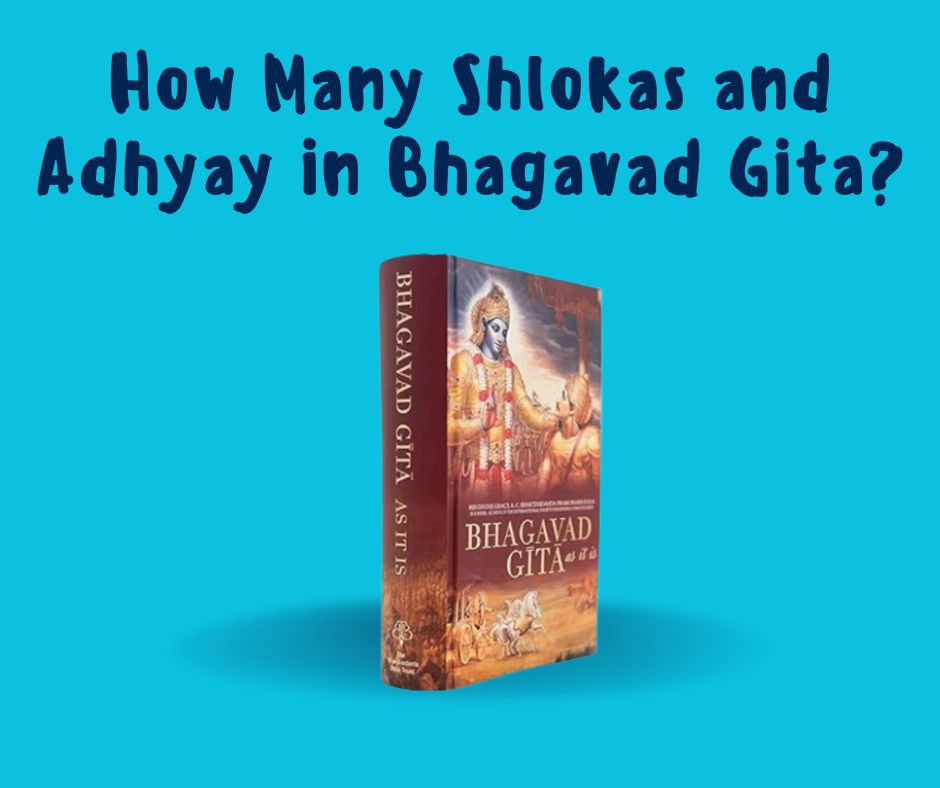
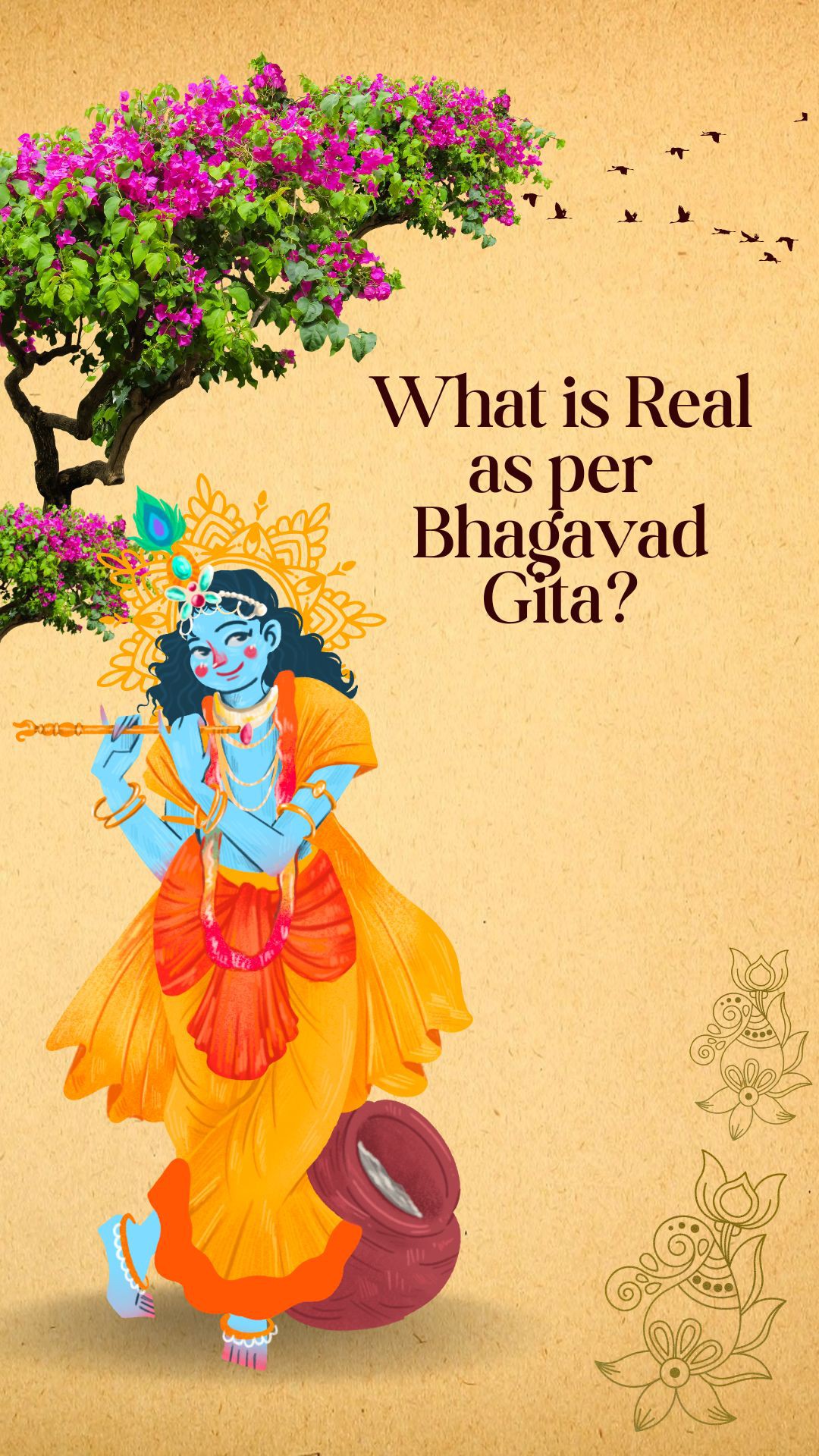
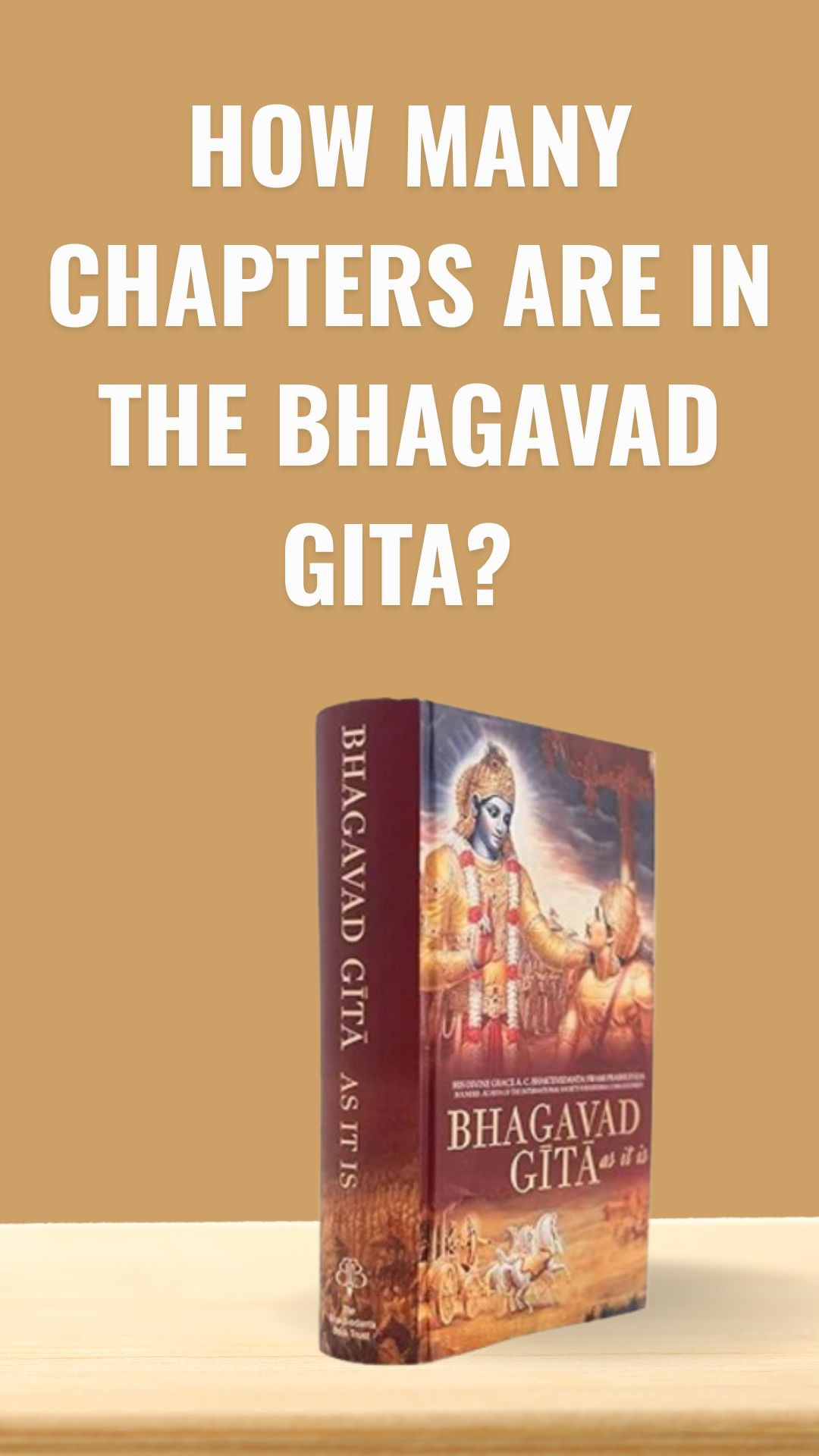
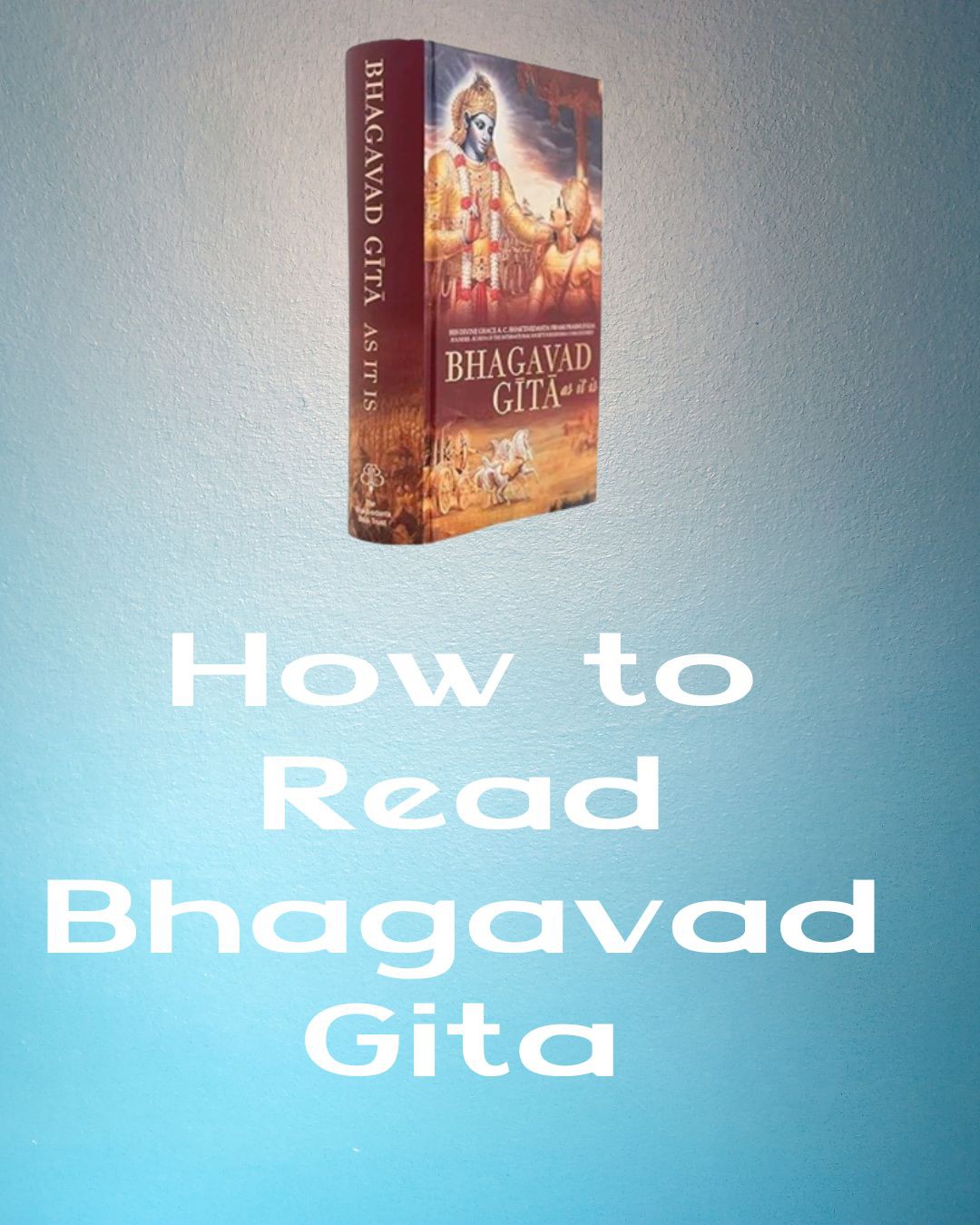
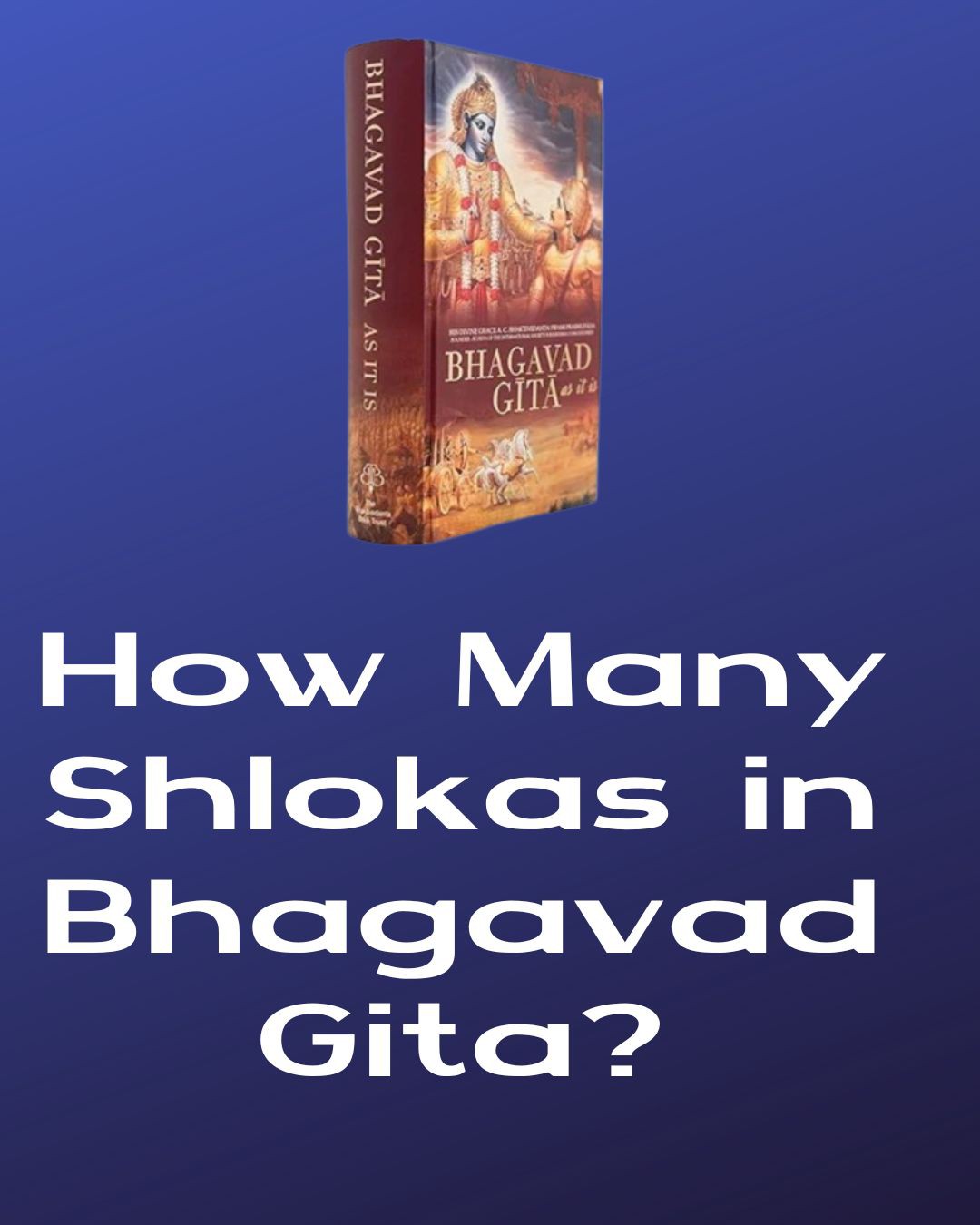




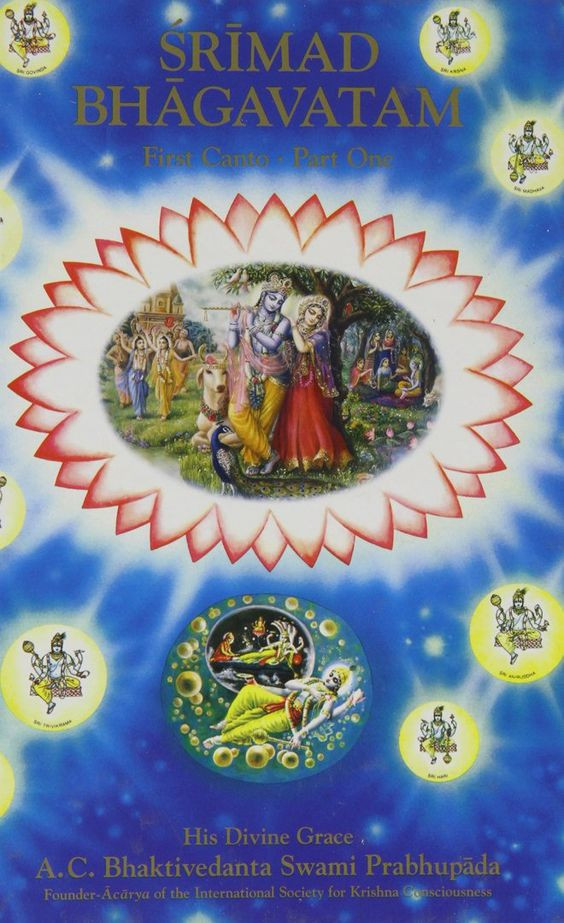
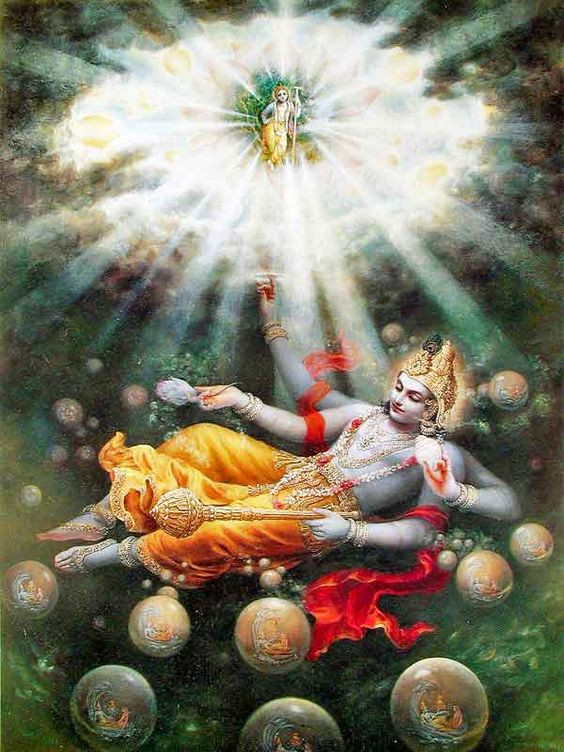
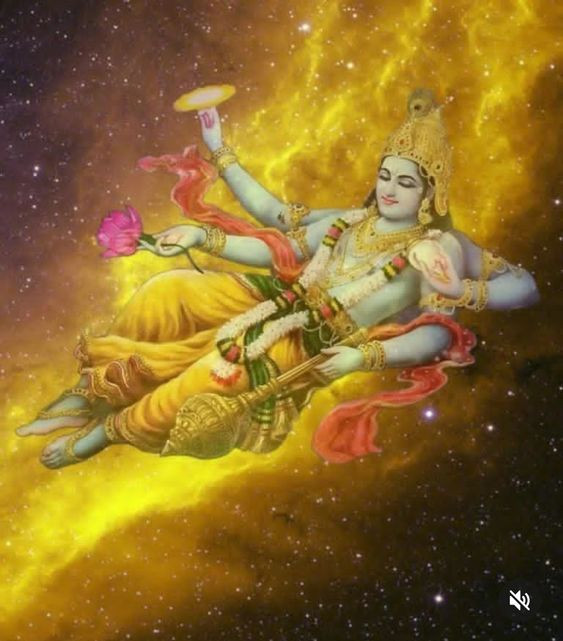
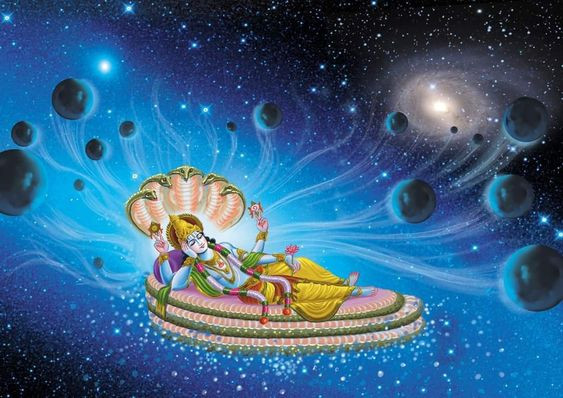

Leave a comment